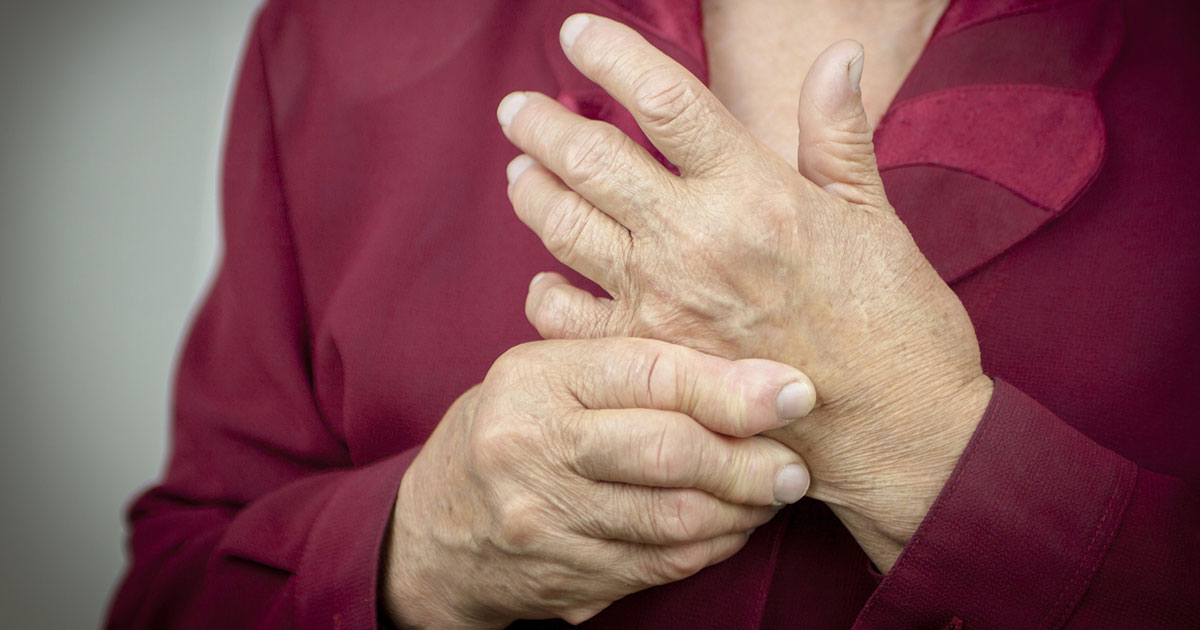Everything To Know About Winter Health Issues And How To Easily Avoid Them
There are many common health risks during the winter months. There are more slips, falls and accidents due to increased snow and ice, but the weather factors into many other risks such as dry skin, painful joints, frostbite, and even hypothermia. Those who spend a lot of their time indoors can still potentially be affected by dangers such as Seasonal Affective Disorder (SAD), dry skin, asthma, the cold and flu, or even carbon monoxide poisoning. While not everyone is exposed to such risks during the winter, it is best to know about these health risks and how to prevent them.
Bundle Up To Prevent Frostbite

Freezing temperatures can cause frostbite in five to thirty minutes depending on temperature and preparation for the cold. During the first stage of frostbite, the skin turns a pale yellow or white and may itch, burn, or feel like pins and needles. In the second stage, the skin becomes hard, waxy or shiny, and when it begins to thaw, blisters filled with fluid or blood form. In the last stage of frostbite, the skin is tough, cold, darkens quickly, and may appear blue or black. Extreme cases can lead to amputation of the frostbitten area. Ways to avoid frostbite include layering clothes, wearing a hat and gloves, and unzipping to allow moisture out if clothing gets wet from snow, water, or sweat.
Hypothermia

Exposure to the cold causes hypothermia, but other factors can play into the likelihood of getting hypothermia as well. A patient with hypothermia may experience core body temperatures between eighty-two degrees to ninety-five degrees, while normal body temperature averages 98.6 degrees. Symptoms of hypothermia include shivering, slow and/ or shallow breathing, confusion, fatigue, slurred or mumbled speech, and a slow and/ or weak pulse. If someone gets hypothermia from the extreme cold, it is important to get them indoors, remove their wet clothing, dry them off, and give them blankets to warm up.
Carbon Monoxide Poisoning In The Winter

Carbon monoxide is a poisonous gas with no color, taste, or odor. Carbon monoxide is emitted from common appliances such as vehicles, gas furnaces, charcoal grills, propane stoves, and portable generators. Most poisonings happen between December and January due to indoor appliances and faulty carbon monoxide detectors. The Centers for Disease Control and Prevention (CDC) reports the poison kills at least 439 patients and sends fifteen-thousand Americans to the hospital each year. Symptoms of carbon monoxide poisoning include a headache, dizziness, lightheadedness, and nausea.
Seasonal Affective Disorder (SAD)

Seasonal Affective Disorder (SAD) occurs during the same season of each year and affects over 500,000 people annually. SAD is sometimes referred to as winter or seasonal depression and is most common during the winter. Symptoms of SAD include feeling sad, upset, moody, or anxious, weight gain, lack of concentration, loss of interest, and sleeping more yet feeling tired.
Experts have not been able to pinpoint the exact cause for SAD, but it has been speculated a lack of sunlight plays a significant part. Light therapy, also known as phototherapy, can be used to help treat SAD patients. Patients sit in front of a lamp that emits up to 10,000 lux of fluorescent light for half an hour each day. Researchers believe the light helps their brain increase production of serotonin.
The Winter Cold And Flu

The cold and flu become predominant during the winter months due to proximity. Someone can have the cold-causing microbes for up to two days before they begin showing any symptoms. However, they can still get others around them ill during this time. To avoid catching a cold it is best to maintain excellent hand hygiene and a clean working environment. It is highly suggested to wash hands as often as possible and use disinfectant wipes or sanitizer gel to clean germs on shared objects such as doorknobs and keyboards. The best defense to avoid a cold and flu is by getting vaccinated and maintaining proper hygiene.
Winter Asthma

Asthma is a chronic condition that affects the bronchial tubes, which are the airways to the lungs. A patient who has asthma will have inflamed bronchial tubes that swell when their asthma is triggered. The CDC reports asthma affects one in every thirteen individuals. Symptoms of asthma vary depending on the specific case; however, common ones include coughing, wheezing, shortness of breath, and tightness, pain or pressure in the chest. Asthma can be caused by physical activity, allergies, fumes or gases, and dust. However, it gets worse and happens more often during the winter months.
Dry Skin

The cold winter temperatures and dry indoor heating can cause uncomfortable flaky, itchy, and dry skin. In some cases, it can lead to other skin conditions such as eczema or psoriasis. There are many ways patients who suffer from dry skin during the winter months can prevent or subside the dryness. A humidifier is a great start, but it is also important to exfoliate to shed old and dead skin cells and to moisturize. Often, patients with dry skin will enjoy a hot shower or bath during the cold months, which can further dry their skin. It is best to have a short, lukewarm bath or shower to help the body retain its natural oils.
Arthritis And Painful Joints

Symptoms of arthritis, which include joint pain, inflammation, and stiffness, can become worse during the cold, wet months. The cold and damp weather can increase the pain to joints due to the changes in barometric pressure. As the weather gets colder, the barometric pressure begins to drop, causing the tissues within the body to expand. As the tissue expands, it puts more pressure on the nerves controlling pain signals.
Common ways to alleviate arthritis and painful joints during the winter include dressing warmly, adding more layers, and exercising indoors. Exercise helps patients ease their symptoms and increases strength and flexibility.
